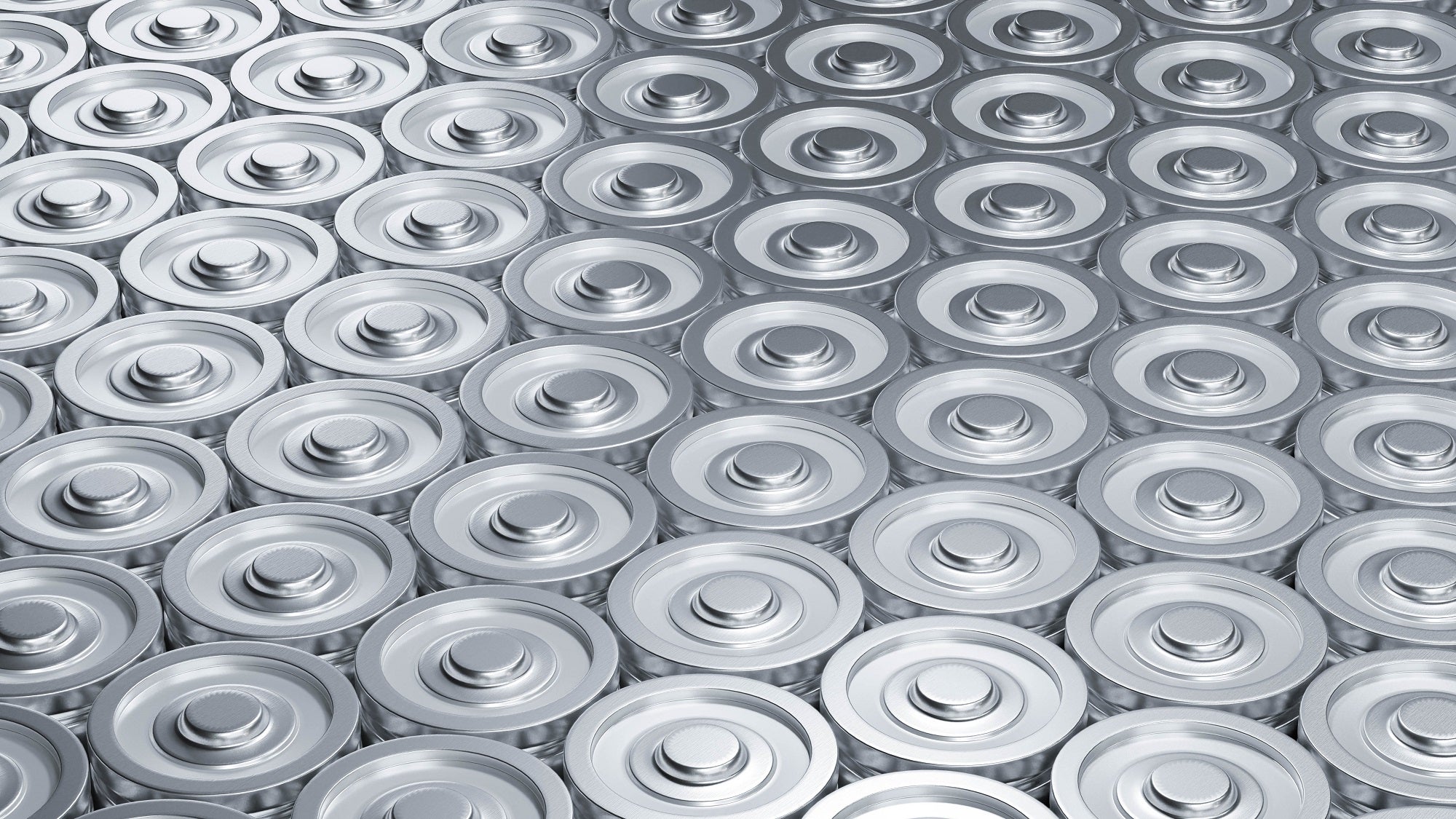
Battery and electronic material manufacturer Samsung SDI and automotive firm Stellantis have signed a memorandum of understanding (MoU) to set up a second US-based battery manufacturing unit.
The new facility will be built under the existing StarPlus Energy joint venture between the two companies.
The facility is expected to begin operations in 2027 with a target initial annual production capacity of 34-gigawatt hours (GWh).
In May 2022, Stellantis and Samsung SDI announced plans to build the first battery manufacturing facility in Kokomo, Indiana.
This facility, which is anticipated to be online in the first quarter of 2025, will produce 33 GWh annually rather than the initial aim of 23 GWh.
Samsung SDI President and CEO Yoon-ho Choi said: “By establishing the joint venture with Stellantis last year, we laid a solid groundwork for marking our presence in North America.
How well do you really know your competitors?
Access the most comprehensive Company Profiles on the market, powered by GlobalData. Save hours of research. Gain competitive edge.

Thank you!
Your download email will arrive shortly
Not ready to buy yet? Download a free sample
We are confident about the unique quality of our Company Profiles. However, we want you to make the most beneficial decision for your business, so we offer a free sample that you can download by submitting the below form
By GlobalData“The second plant will accelerate our market penetration into the US and help Stellantis push forward the US transition to an era of electric vehicles by supplying the products featuring the highest levels of safety and quality.”
The new facility’s site is yet to be finalised, and the MoU is subject to the signing of a definitive agreement.
Stellantis CEO Carlos Tavares said: “This new facility will contribute to reaching our aggressive target to offer at least 25 new battery electric vehicles for the North American market by the end of the decade.
“We are continuing to add more capacity in the United States together with our great partner Samsung SDI and laying the next steps to reaching our carbon neutrality commitment by 2038.”





